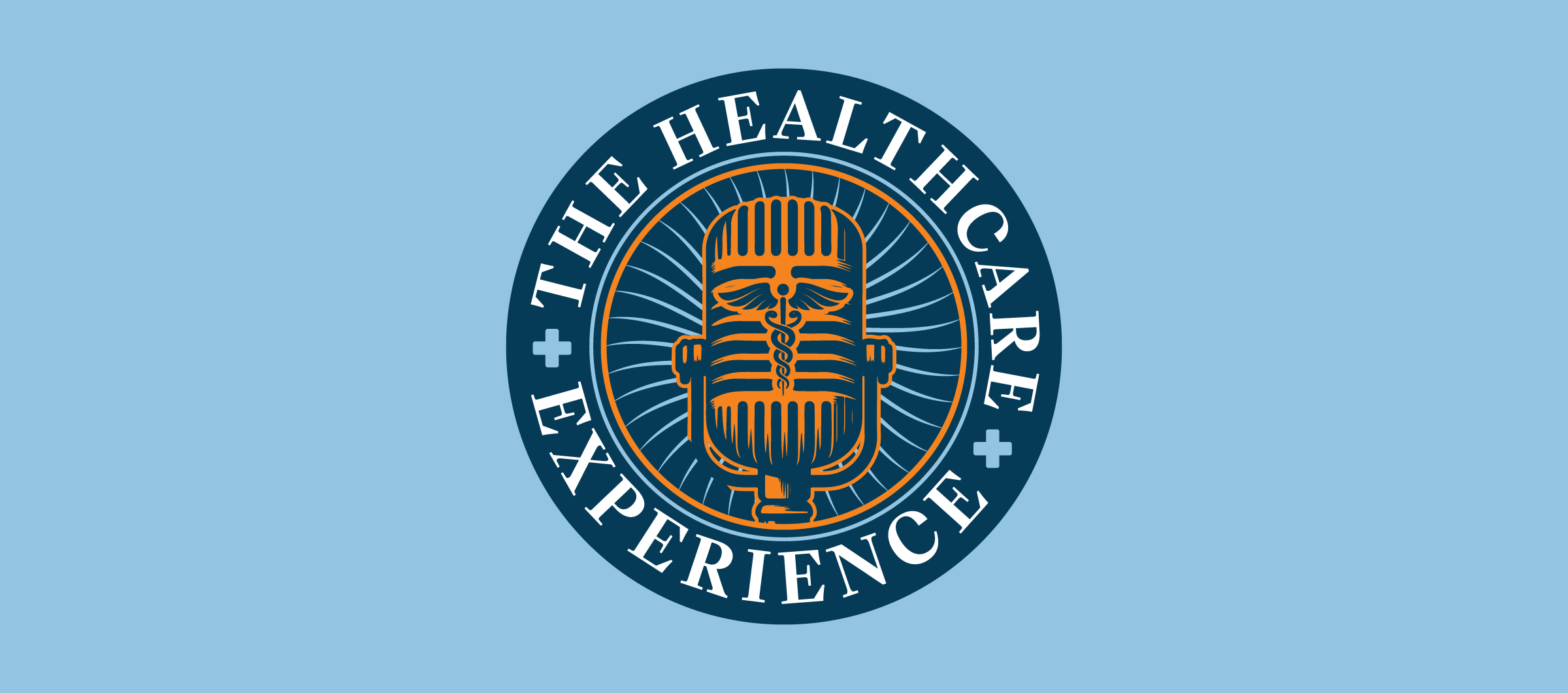
Anne Hancock Toomey chats with Ric Ransom, CEO of University of Missouri Health Care, about everything from comic books to crisis leadership
Read More
Subscribe to Our Thinking, valuable insights for healthcare execs, communicators and marketers.



